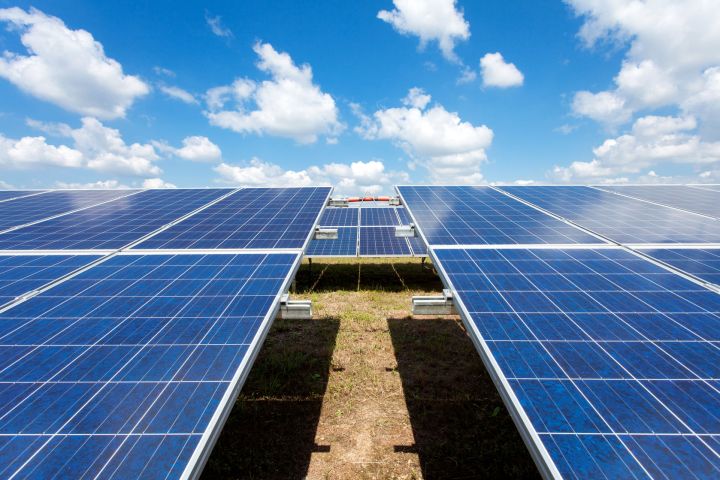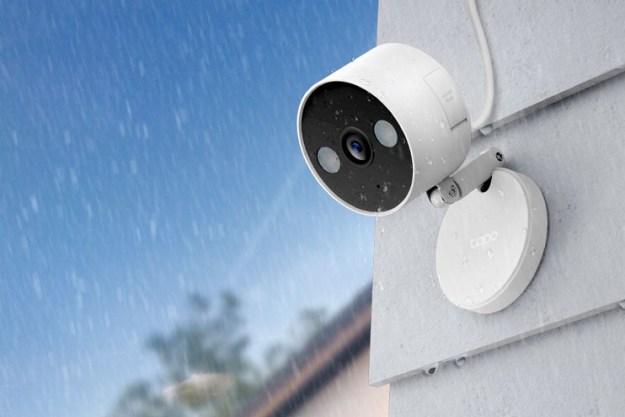
The report is part of the organization’s Ready for 100 initiative, which launched in 2016 and challenged 100 cities in the United States to move from “dirty, outdated fossil fuels, step up, and commit to 100 percent clean energy,” according to a press release. It outlines 10 case studies examining cities making positive change.
A total of 16 U.S. cities have since signed on as part of the commitment, in which the Sierra Club is working with mayors, CEOs, pastors, principals, civic and community leaders, parents, and students to “commit to solutions that help us achieve 100% clean, renewable energy across the United States by 2050.”
When setting these types of goals, it’s key to define the term “clean energy,” which the Sierra Club uses to refer to “carbon- and pollution-free energy collected from renewable, sustainably harvested sources, such as wind, solar, hydro, tidal, and geothermal, as well as energy efficiency.”
The 10 cities the report examines include Aspen, Colorado, Burlington, Vermont, East Hampton, New York, Georgetown, Texas, Grand Rapids, Michigan, Greensburg, Kansas, Rochester, Minnesota, and San Jose, San Diego, and San Francisco, California.
Of the group, Aspen, Burlington, and Greensburg have actually already achieved 100 percent clean energy, powered with different mixes of wind, hydro, solar, landfill gas, renewable electricity, biomass, and more.
The Sierra Club also aims to show clean energy doesn’t just cut pollution and save lives — it contributes to aspects of the economy and society in other ways.
A 100 percent clean energy city ideally keeps money in local government coffers, helping to lock in lower rates for solar power, and work to use less water than fossil fuels, which is especially important in drought-heavy regions.
Clean energy also creates local jobs and saves people money, the report argues.
“The solar industry already employs more than 200,000 people, and in 2015 job growth in the solar industry was 12 times greater than in the general economy,” the report states. “A just transition to a modernized, smart power grid can create millions of new, living-wage good careers.”
Editors' Recommendations
- ‘World’s largest sundial’ to double as green energy provider
- Clean-energy startup backed by Bill Gates hopes to replace fossil fuels


